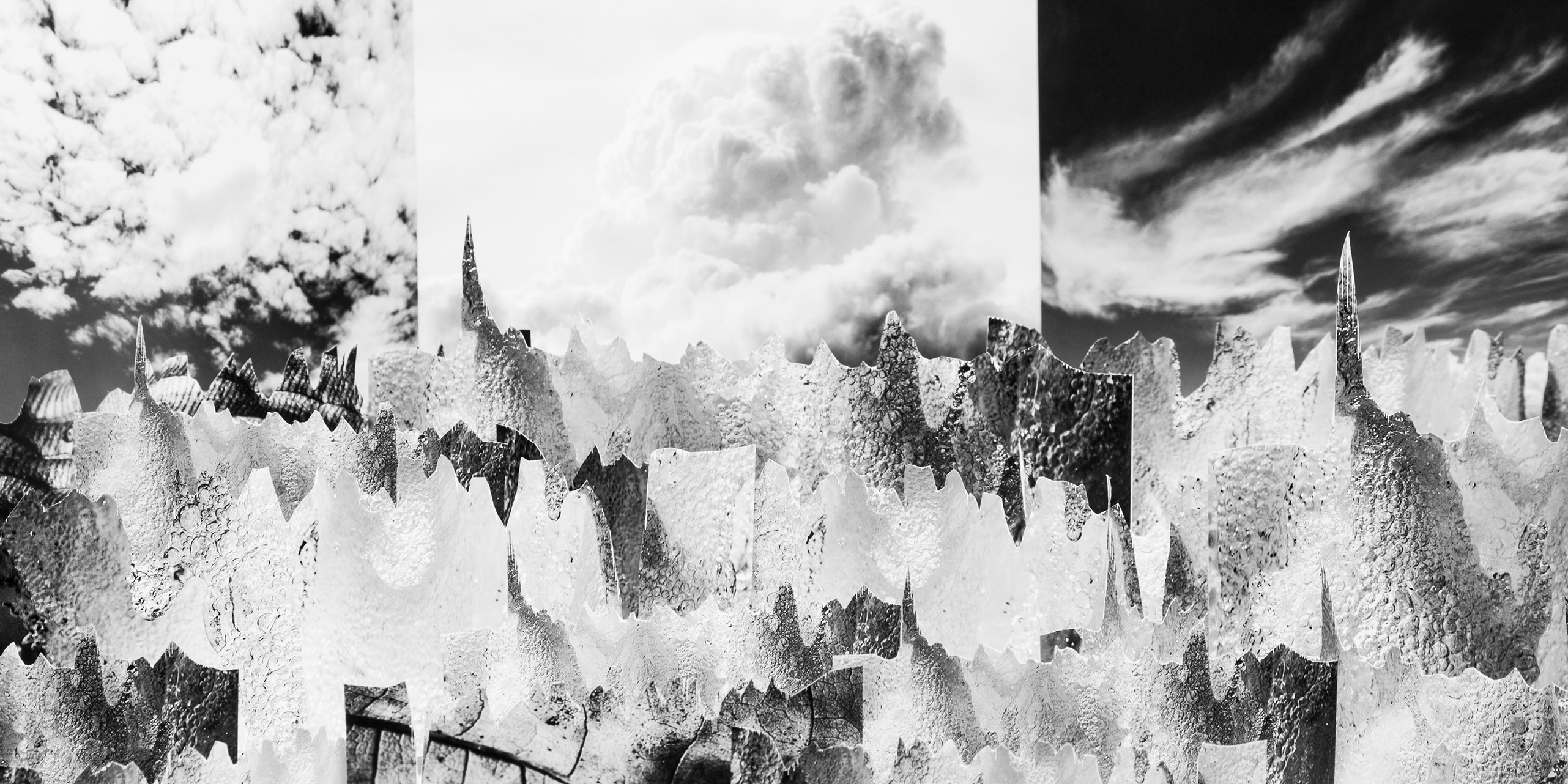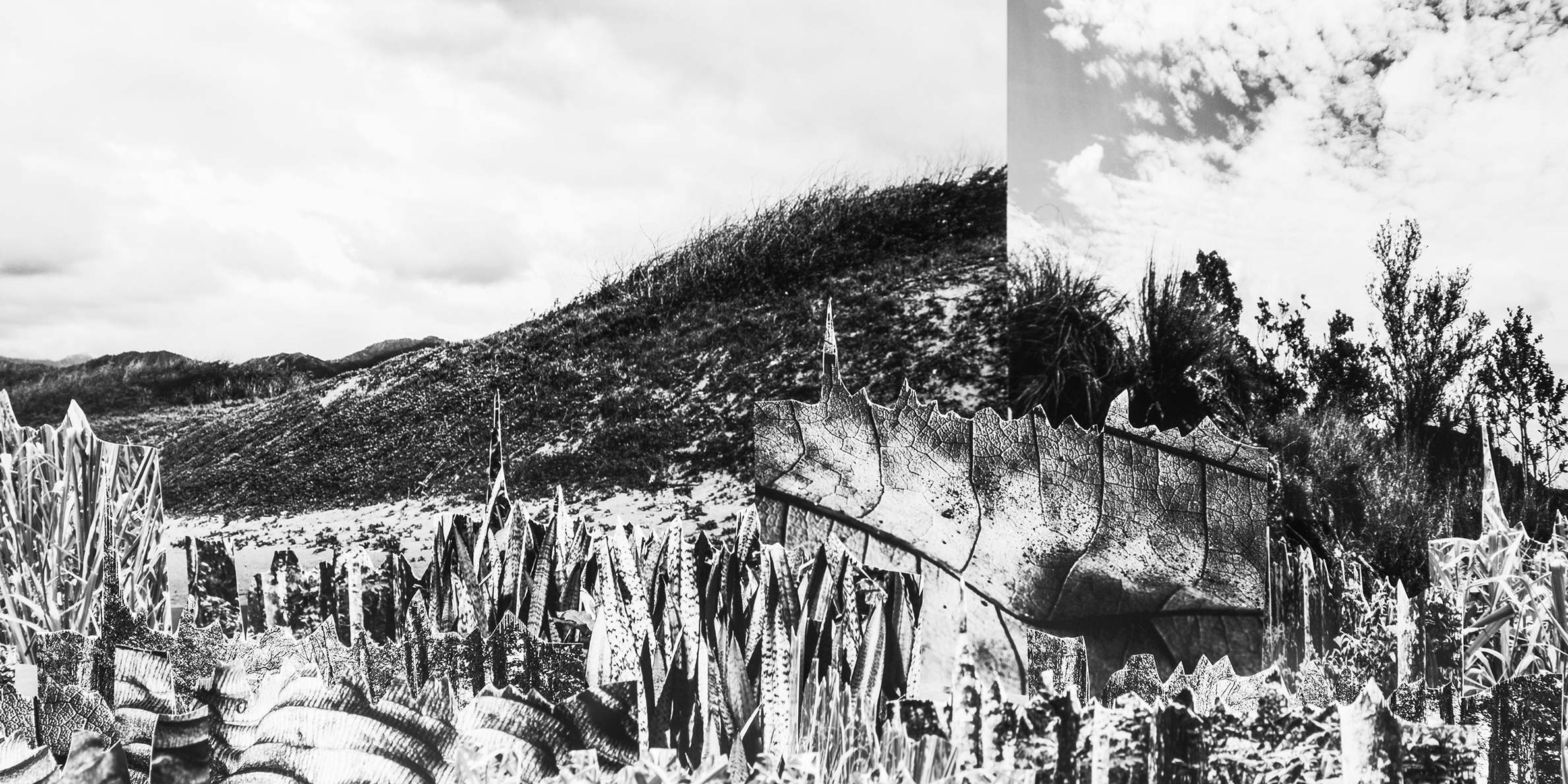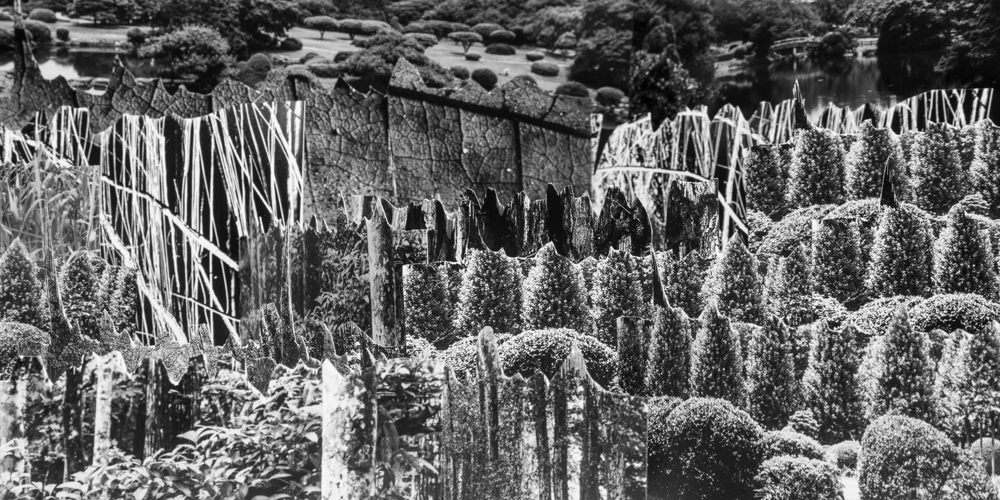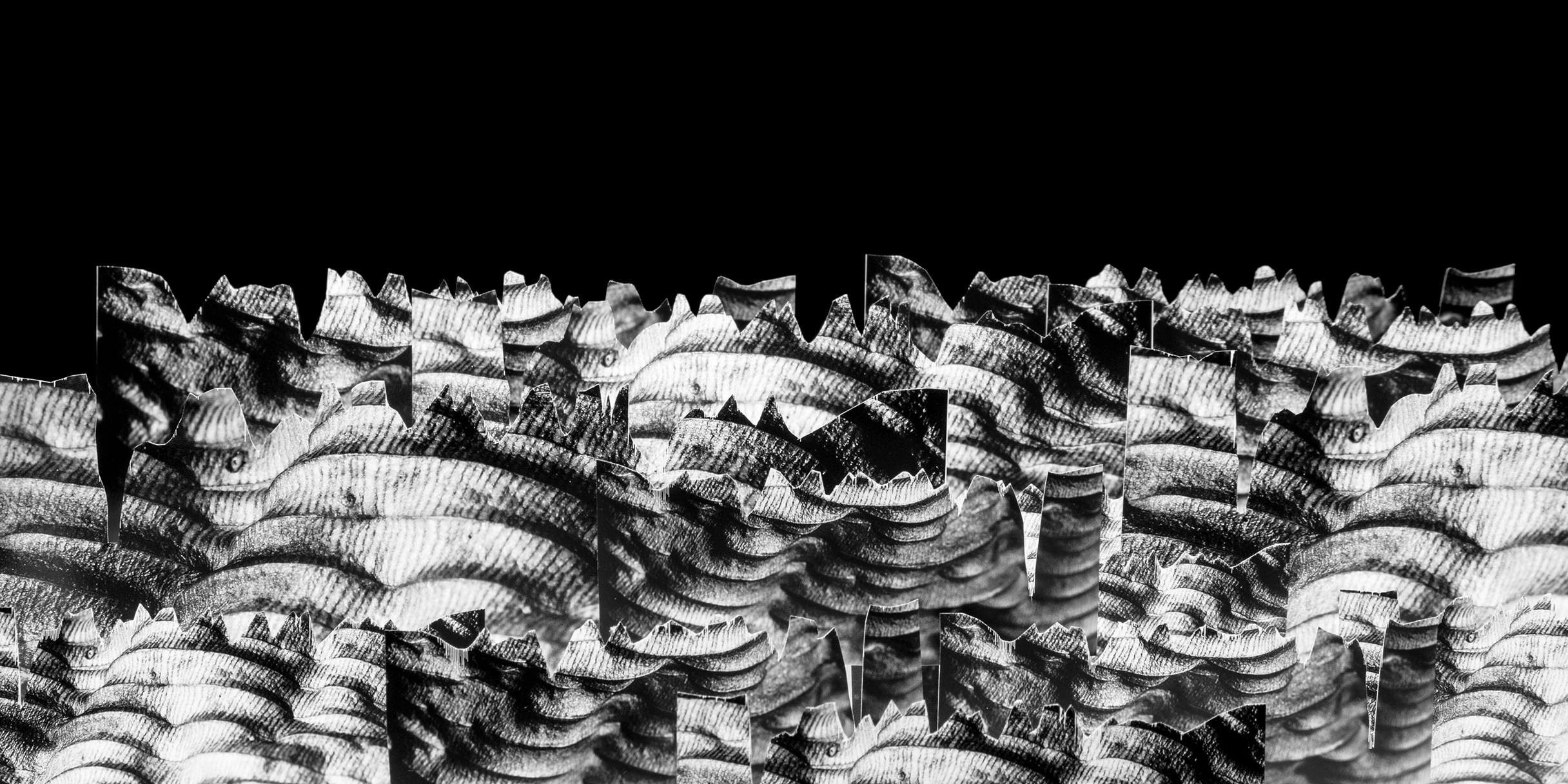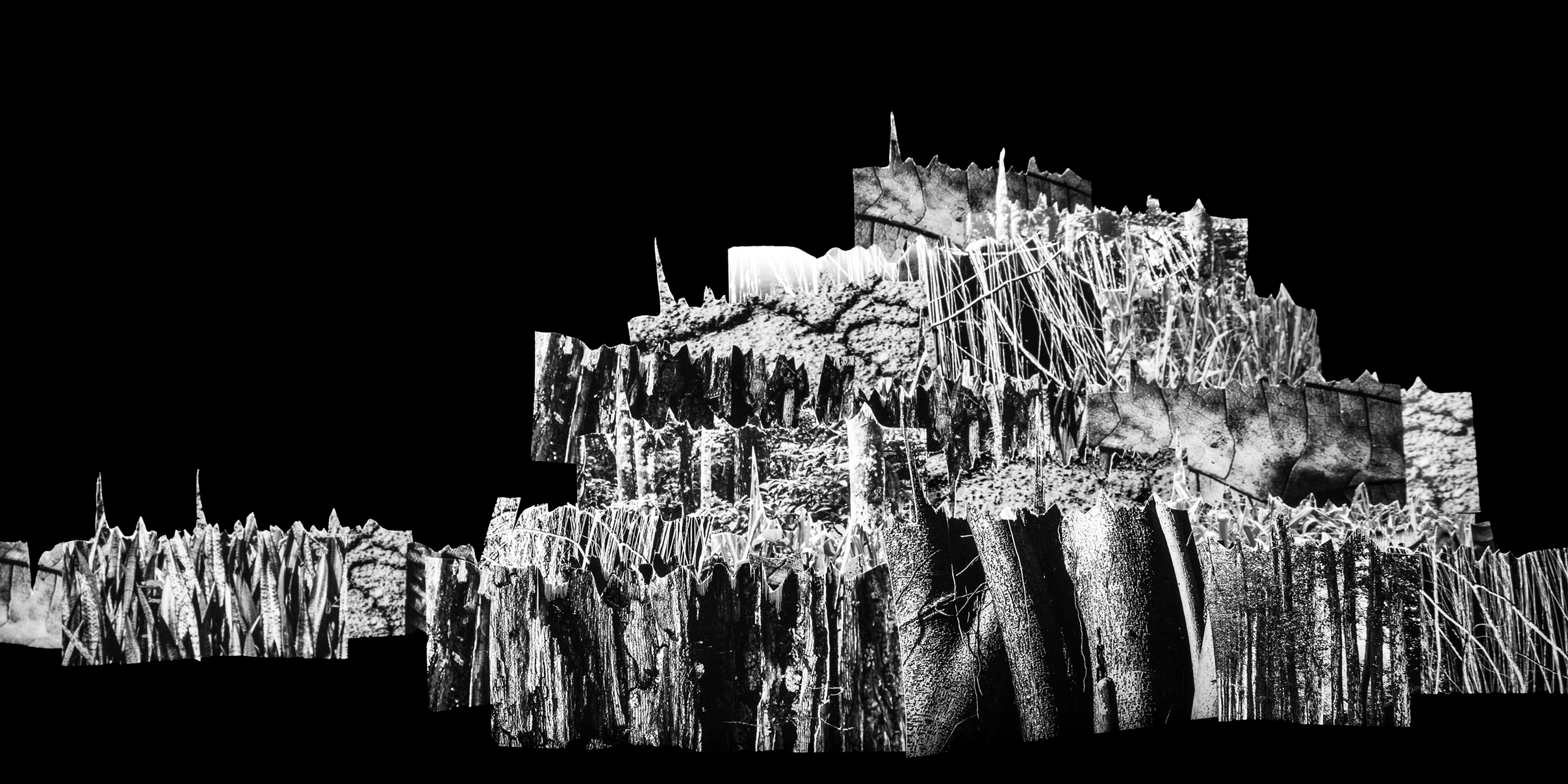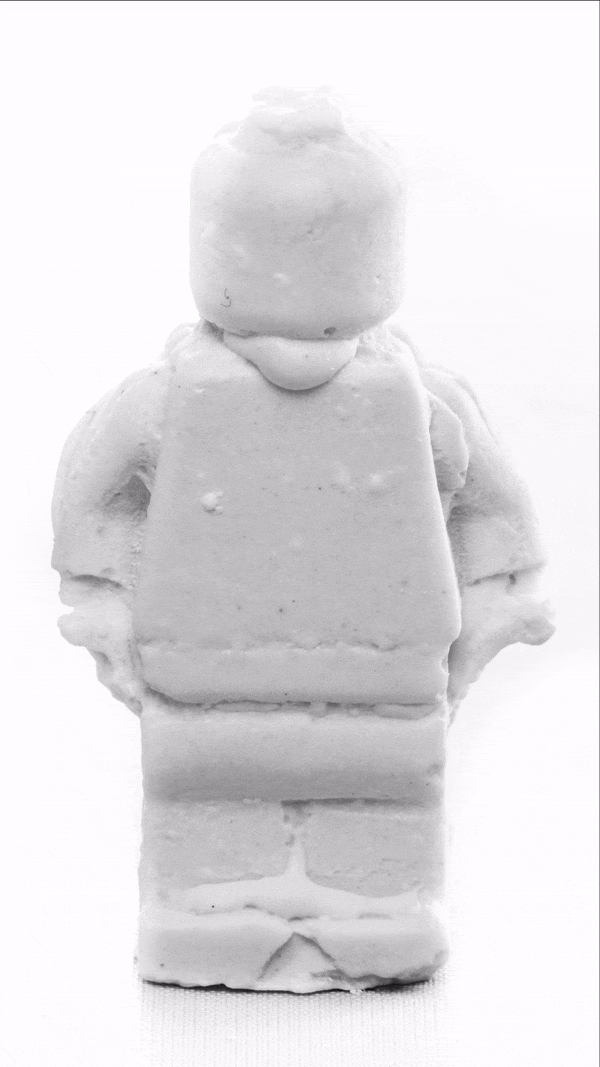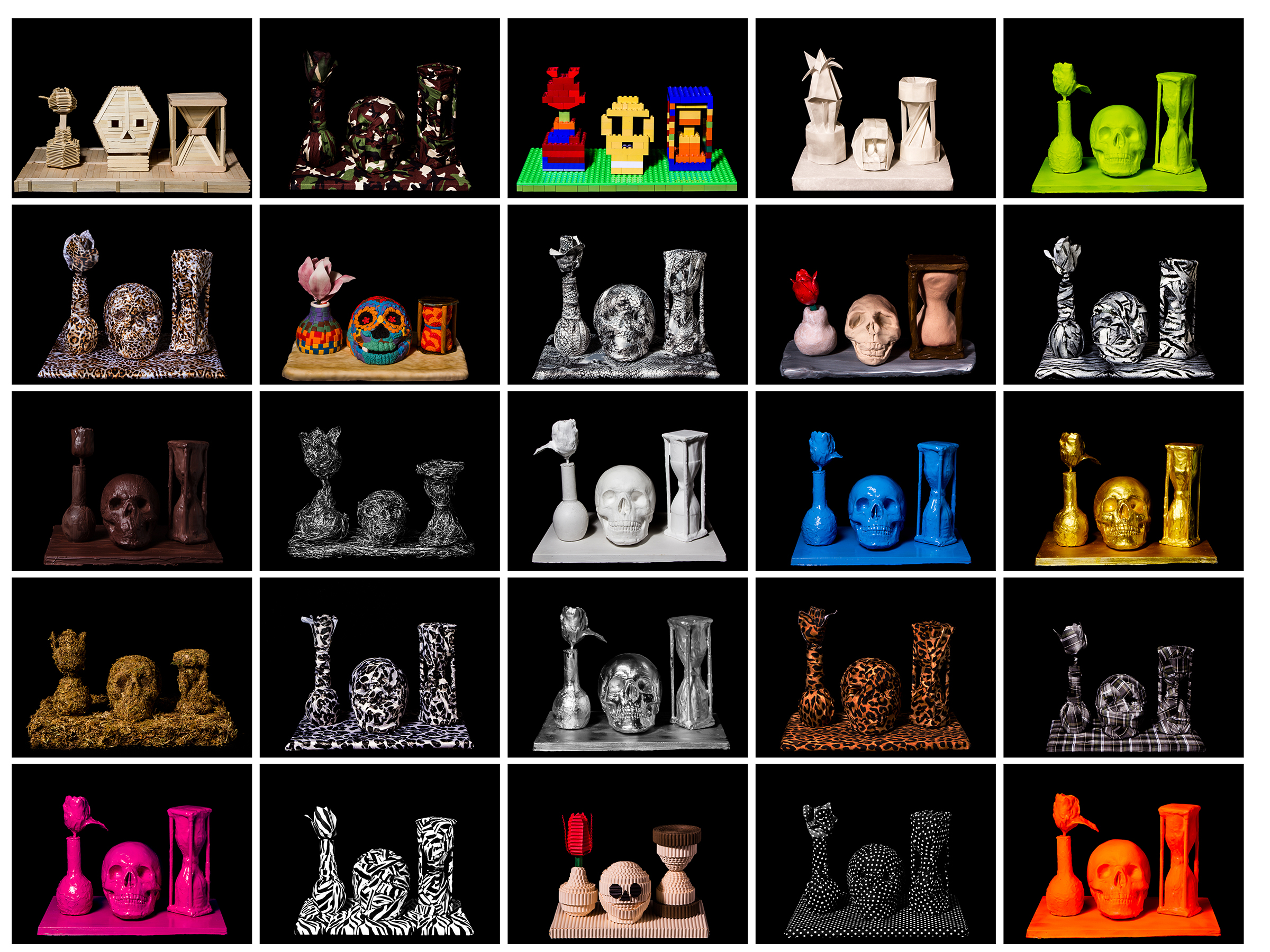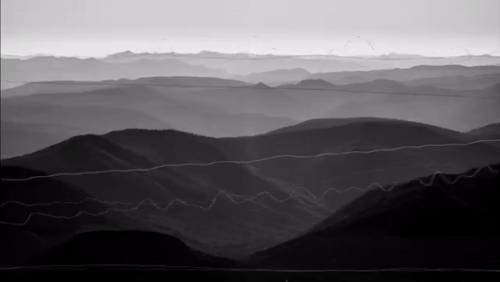
The Week Ends The Week Begins
Corinne de San Jose
Silverlens, Manila
About
Silverlens is pleased to announce The Week Ends The Week Begins, a solo exhibition by Corinne de San Jose.
The photographer invokes Freud at some point. Freud did articulate the psychological phenomenon of Repetition Compulsion, in which traumatic events are relived over and over until whatever power it had is eventually neutralized. Her new show, The Week Ends The Week Begins, evenly halved into photography and video sections, with each half broken down further, is hooked on the process and effect of repetition. Even the title comes off not only as a précis of the show’s thematic pre-occupations, but also as one more articulation of it, the way that it closes in on itself, the first circuit of a potentially perpetual loop.
What fascinates De San Jose, and ultimately, what diversifies the show aesthetically, is the tensions that come from repetition—that is, the push and pull between all its various dichotomies: invigorating/deadening, maddening/calming, traumatizing/relieving. Repetition strengthening or weakening the hold things have on you. Repetition leaching things of its meaning or reinforcing it. Repetition transmuting patterns until they form other patterns. Repetition calcifying the ephemeral. Repetition as derivation, imitation, adaptation. Repetition, too, as obstruction, as limiter and protocol. As caprice. As application. As form. Mastery, fatigue, cliché. Wax and wane. Wane and wax. Rinse. Repeat.
To nuance matters, De San Jose quotes Constantin: “Repetition and recollection are the same movement, except in opposite directions, for what is recollected has been, is repeated backward.” And the show is a sort of recollecting, a hybrid of everything she’s done before, albeit tangentially, but with an appropriate tinge of culmination, a sense of building up to this moment. But more than that, there is a metamorphic flux to the new works. If nothing else, the show as a whole is about that metamorphic flux, the poetics of something moving from one state to the next, not quite one or the other just yet, a condition that not too oddly echoes her own transitions as an artist. Because in serving a more elaborate and certainly more insular and incisive theme, working under conditions she isn’t used to in terms of scale and materials, De San Jose has given herself over to new agencies and new disciplines. This is, for instance, only her second time to shoot on video. The two here similarly utilize photography both as base matter and incursion point, observing the minutiae of this metamorphic flux more overtly, but each from a different aesthetic distance. At points, she turns to the whims of circumstance as a co-conspirator, relinquishing measures of control to meet her work halfway. One work divides six photographs into each side of 25 blocks then rolled into a wooden frame, as if they were dice. The resulting combinations, products entirely of chance, become the final work.
The three parts of the photography section, collectively and separately, attempt to approximate, re-envision and eventually interrogate the three fundamental disciplines of the form: the still life, the portrait, and the landscape. The inversion here is in the way the works veer towards an almost sculptural tactility, as De San Jose finds herself manipulating her subjects by hand more and more before shooting them, adding several under-layers of process and rigor to the work.
The abstract, dissonant landscapes are essentially collages made up of other photographs, cut in the shape of her own voice’s waveform, laid out to simulate topography then re-photographed. De San Jose’s day job is in sound design and the use of her own voice’s waveform as a design principle is not only a clever meta flourish but also a subtle poeticizing of how repetition is often spoken. In Vanitas (omnibus) versions 1 to 25, her riff on the still life, the Philippe de Champaigne painting it’s named after is appropriated then, by increments, re-interpreted in 25 different ways, with all 25 versions laid out in a grid. De San Jose hints at the grid as a signpost of where her work might go. The way it recurs throughout the show is almost like a leitmotif, reinforcing the thesis but also giving the Freud invocation credence, more so if you frame it as having some manner of therapeutic agency, not necessarily in the sense that it rehabilitates the image or the process, or even that it seeks to, but more in the way it reins in and gives shape to all these new varieties of chaos to which De San Jose has become attuned.
Words by Dodo Dayao
Corinne De San Jose (b. 1977, Bacolod) is a photographer and sound designer based in Manila, Philippines. Her photographs have been shown in solo and group exhibitions in Manila, Singapore, and Paris. As a sound designer, she has earned recognition doing sound design for several acclaimed films, including On The Job (2013) by Erik Matti and Norte: The End of History (2013) by Lav Diaz. Her work continues to explore the passage of time, issues of identity, gender, stereotypes, and symbols, almost always centered on a methodical and time consuming process.
Works
